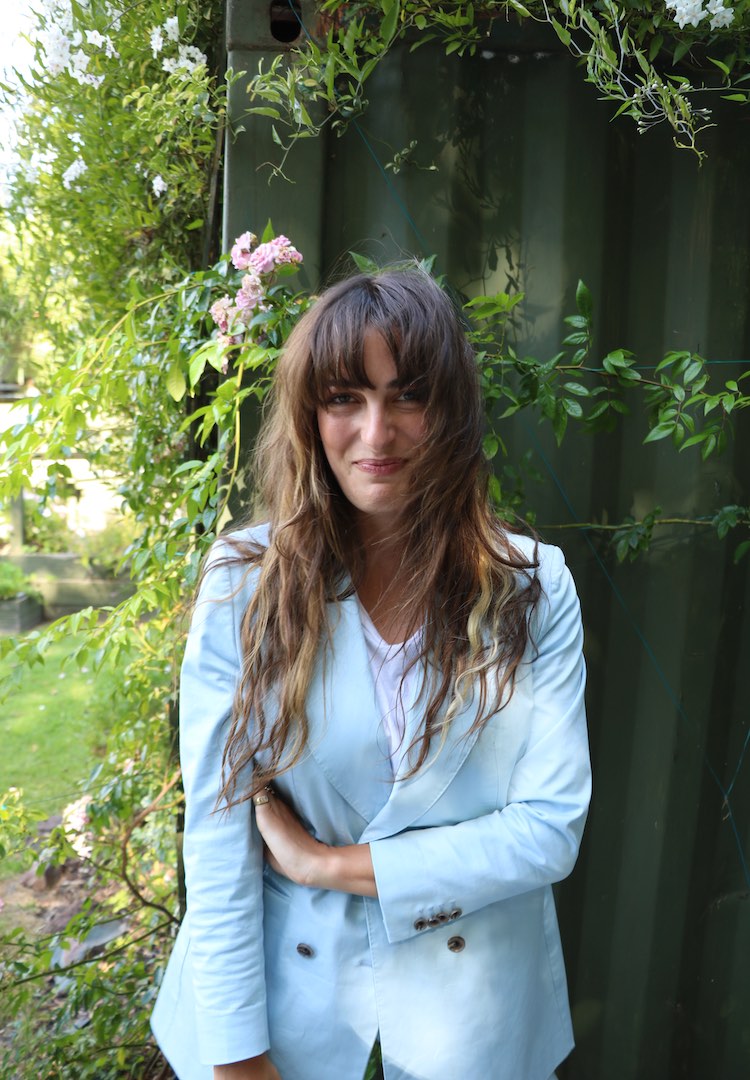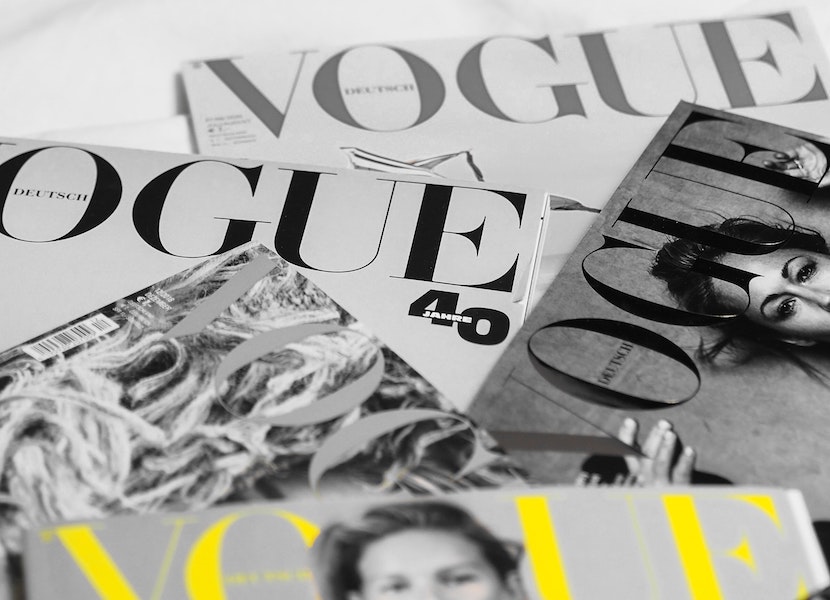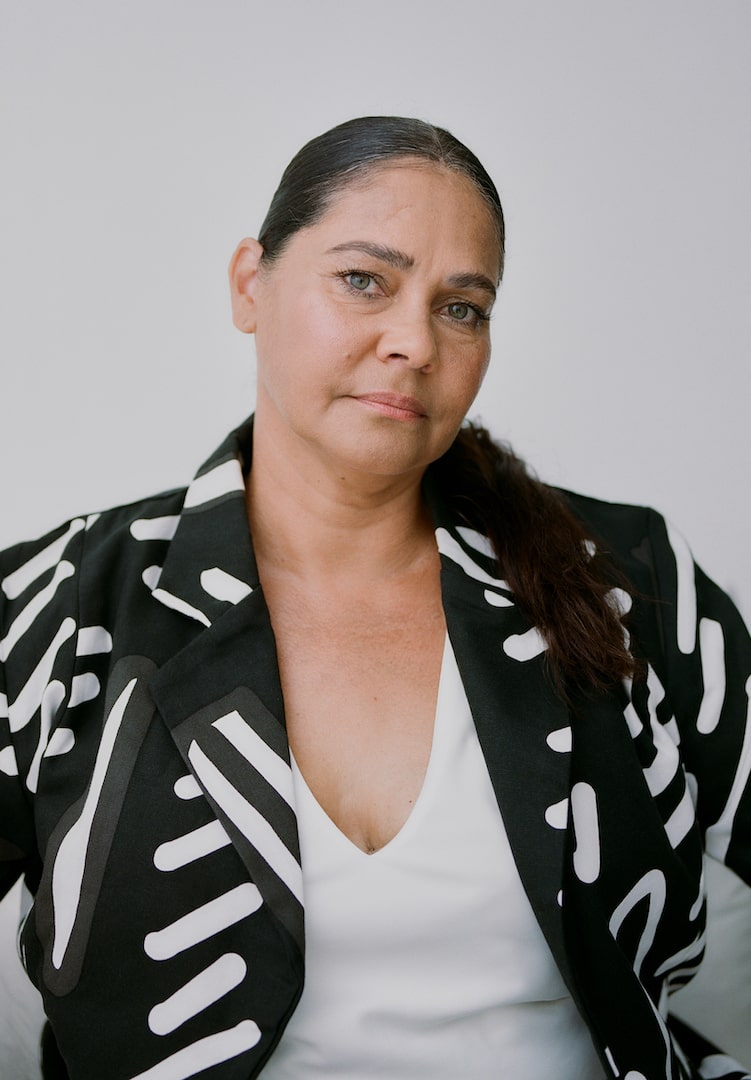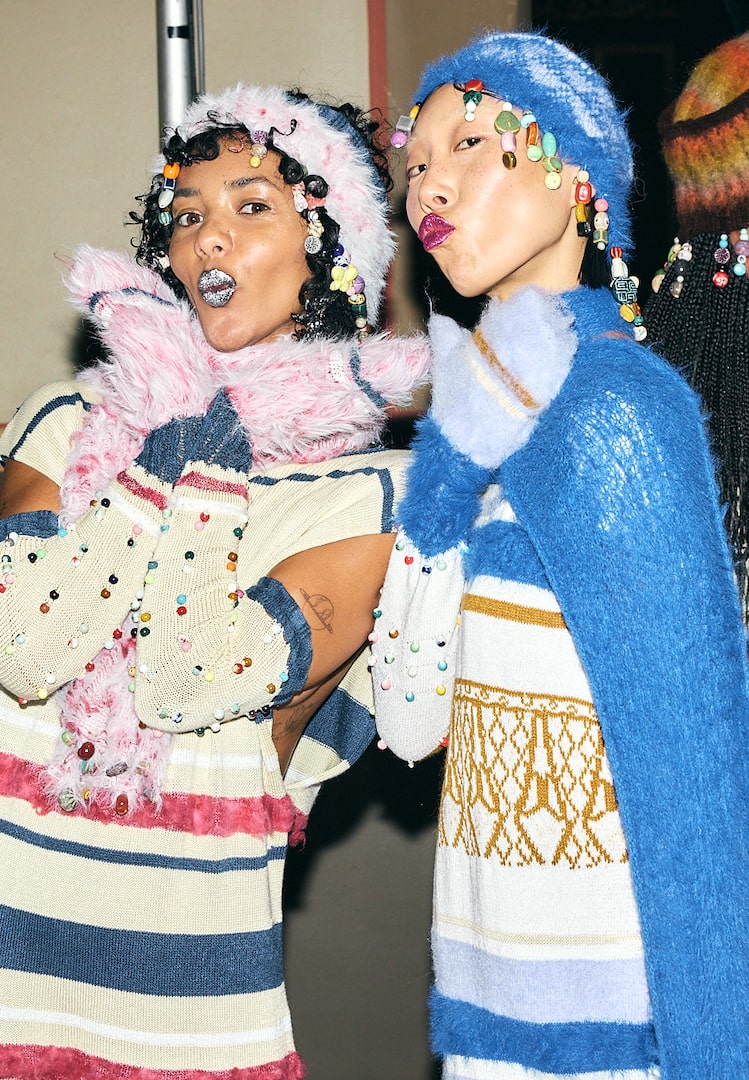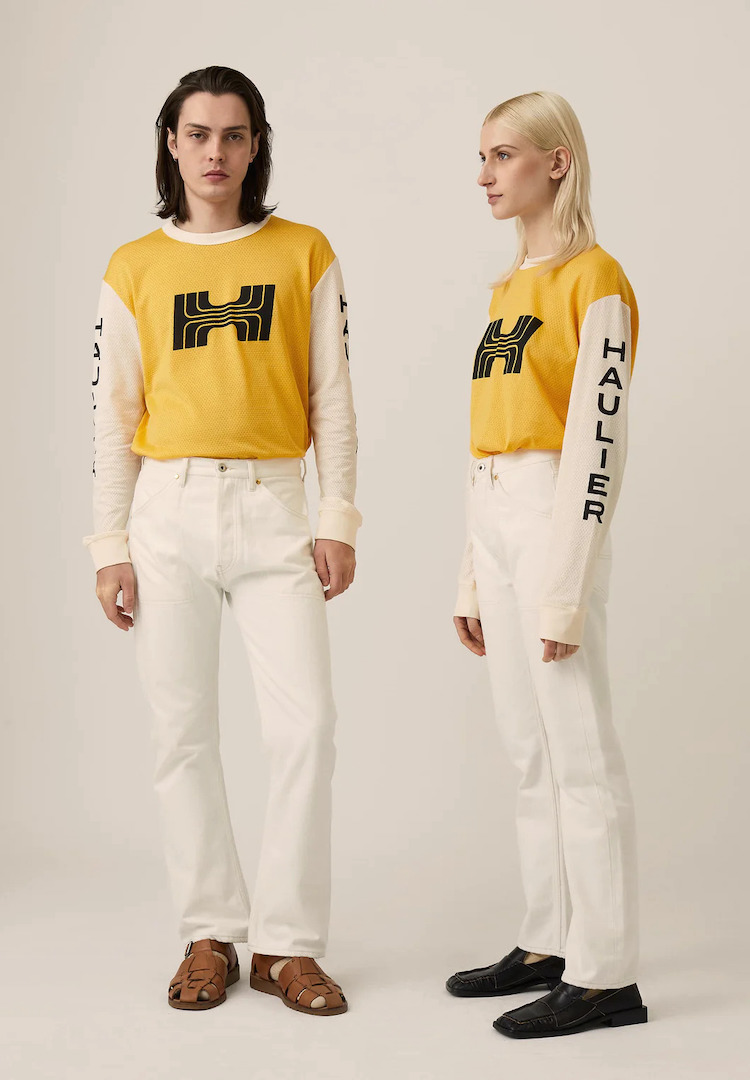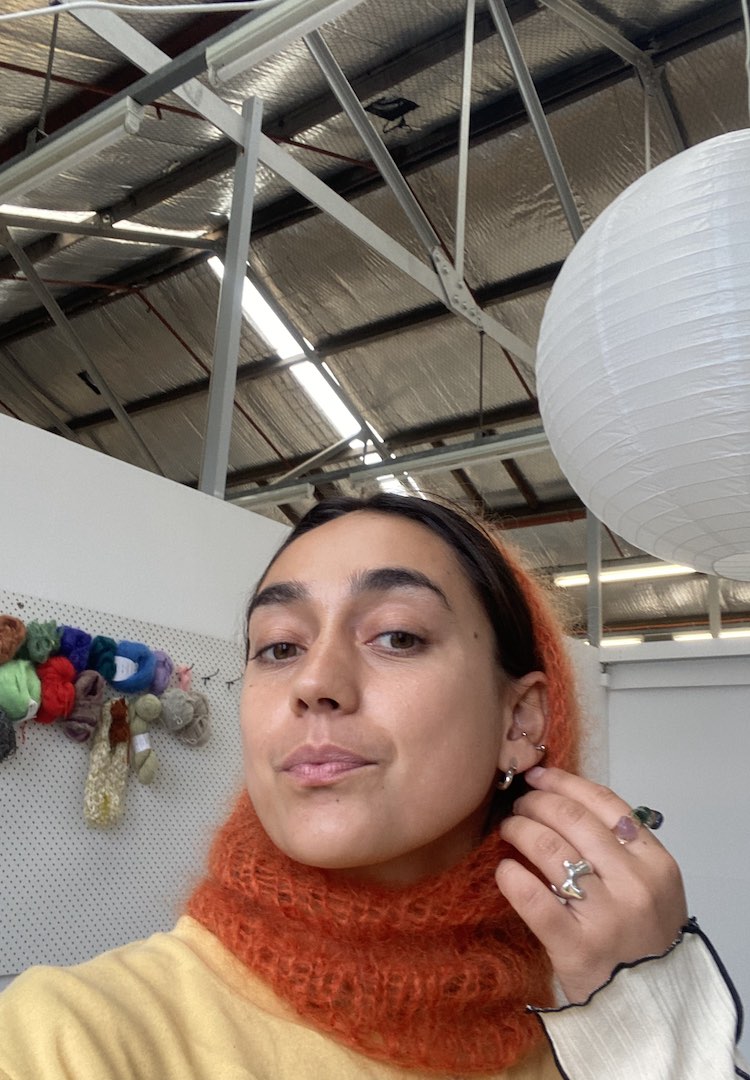Vogue Australia’s fashion features director on its commitment to greater BIPOC representation in Australian fashion media
WORDS BY TIFFANY FORBES
“The onus is on us to widen the lens and make a space where everyone is represented.”
Gen Z or not, I’m sure, at some point last year, I wasn’t the only one faced with an Instagram feed completely infiltrated by an influx of photos featuring friends, influencers and celebs splashed across a superimposed cover of Vogue Magazine.
Looking for some similarly thought-provoking reads? Subscribe here and we’ll send them straight to your inbox.
Coined the #VogueChallenge, the movement set out to promote diversity in fashion, making a powerful statement that publications need to do more to represent a broader array of backgrounds, religious beliefs, culture and life experience in their covers, content and storytelling. Coinciding with the prominent Black Lives Matter movement, it became evident that people wouldn’t be complicit in ignoring these conversations any longer.
View this post on Instagram
Although this uproar originated in the US and in turn, created ripple effects globally, closer to home we still face the same issues. Vogue Australia’s editor-in-chief Edwina McCann admitted that when looking back at the last 60 years of Vogue Australia, she was ashamed at the lack of Indigenous storytelling present, simultaneously making a commitment to consciously focus on changing the narrative.
To find out how Vogue Australia was tracking, I stole a moment of Alice Birrell’s time, the publication’s fashion features director, to chat about how it’s going when it comes to bridging the gap between tokenism and long-lasting inclusivity.
I was reading an online interview with Edwina McCann and she noted that after having a good look at the archives for Vogue Australia’s 60th, she was quite ashamed at the lack of Indigenous storytelling Vogue had done over the years. How is the publication moving forward now with this in mind and the changing ideals and expectations of our society?
We’re working at it at every touchpoint between us and our reader and thinking critically about each decision. In the magazine’s production, it’s meant conversations are open, or ones that were never had, are now had, and old habits were dropped. We have a Diversity Council, made up of women from diverse backgrounds, who help guide us as an ever-present entity built on organic, genuine relationships that ensure we’re representative of Australia as a collective whole.
How do you bridge the gap between tokenism versus actual long-lasting inclusivity?
By asking ourselves, and those who were not included in the conversation traditionally, what modern Australia really looks like and then working to reflect it. By continuing our education on every issue and never sitting comfortably in a place where we feel like we have all the answers, or we know what’s best. For a publication that is a leader, we know leading is not something you can do on your own, and in fact, it takes a sharing, if not at times, a giving over of the platform to voices other than those that have been the dominant ones for so long.
I noticed your September 2020 ‘Hope’ issue included cover art by Anangu/Aboriginal Pitjantjatjara artist Betty Muffler, which is really awesome. How did this come about? What was the general reception from the public?
Globally, all the Vogue titles came together to agree on a shared theme for our September issues and because there was a consensus that a message of optimism should be the focus, a theme of ‘hope’ emerged. Each Vogue was to produce an image in their local region that represented this idea to them, and in Australia, an idea of connection to our surroundings on a deeper level came up. We then worked with the National Gallery of Australia to commission, as you’ve said, Anangu/Aboriginal Pitjantjatjara woman, spiritual healer and artist, Betty Muffler, to create an image representing hope.
In the wake of the Black Summer bushfires, and in the midst of discussions sparking from the Black Lives Matter movement, as well as a health crisis, the idea of healing seemed right, and is the thematic focus of Muffler’s work, Ngangkari Ngura (Healing Country), as it is in her art practice broadly; her Country in South Australia was chosen as a site for atomic bomb testing in the 1950s, and so she has painted stories of her culture and marali (journeys) to heal herself and Country. It also celebrates a spiritual connection to the landscape, which First Nations cultures for millennia have fostered. We couldn’t be prouder to say the issue is as sought after as any celebrity cover. It’s reaffirmation of the appetite for these stories and that we can tell them in a way that is authentic to Vogue.
I read that Vogue is working with AIME (Australian Indigenous Mentoring Experience) to roll out an internship program to boost diversity within its team. Can you tell me more about this?
We’ve been in discussions with a number of Indigenous organisations including AIME, who we recently supported in its promotion of IMAGINE and Hoodie Day. Our wider business (News Corp Australia is the publisher of Vogue Australia), partners with CareerTrackers, a national Indigenous organisation that creates opportunities for Aboriginal and Torres Strait Islander university students with corporates for paid internships. News Corp Australia has hosted more than 40 interns in different parts of the business. It’s one of the company’s proudest Reconciliation Action Plan (RAP) partnerships and Vogue Australia has supported a number of talented interns.
What about you? In your opinion, how can Australian media move to be more inclusive of Indigenous groups?
When we start to formulate a piece, we draw on collaborators who we are privileged to work with, inviting their input to tell the stories we’ve been entrusted with. The process has become really an organic way of working and taps into people in the arts, fashion, sport, music to name a few – we feel this is one way to work to be more inclusive of Indigenous voices. Now our focus is on making more of these genuine connections built on listening and understanding. These relationships are all either longstanding or ongoing. It’s about tapping into the wellspring of knowledge that comes from tens of thousands of years of cultures and histories, and not about a one-off encounter.
Overall, how can we be more inclusive? I acknowledge that it is not up to editors to dictate what inclusion looks like, but for those who might have felt excluded to decide when they feel genuinely a part of the mainstream media landscape and conversation, and there’s a way to go yet. At the same time, the onus is on us to widen the lens, and make a space where everyone is represented, that captures the really exciting richness of Australian society. In the meantime, and I’m speaking for myself personally here, we can take on the responsibility and keep educating ourselves, and never stop asking questions – we’re journalists after all.
Edwina McCann will be speaking in the session ‘Indigenous Representation’, as part of Melbourne Fashion Festival’s Australian Fashion Summit this Friday March 18. You can buy tickets here.



